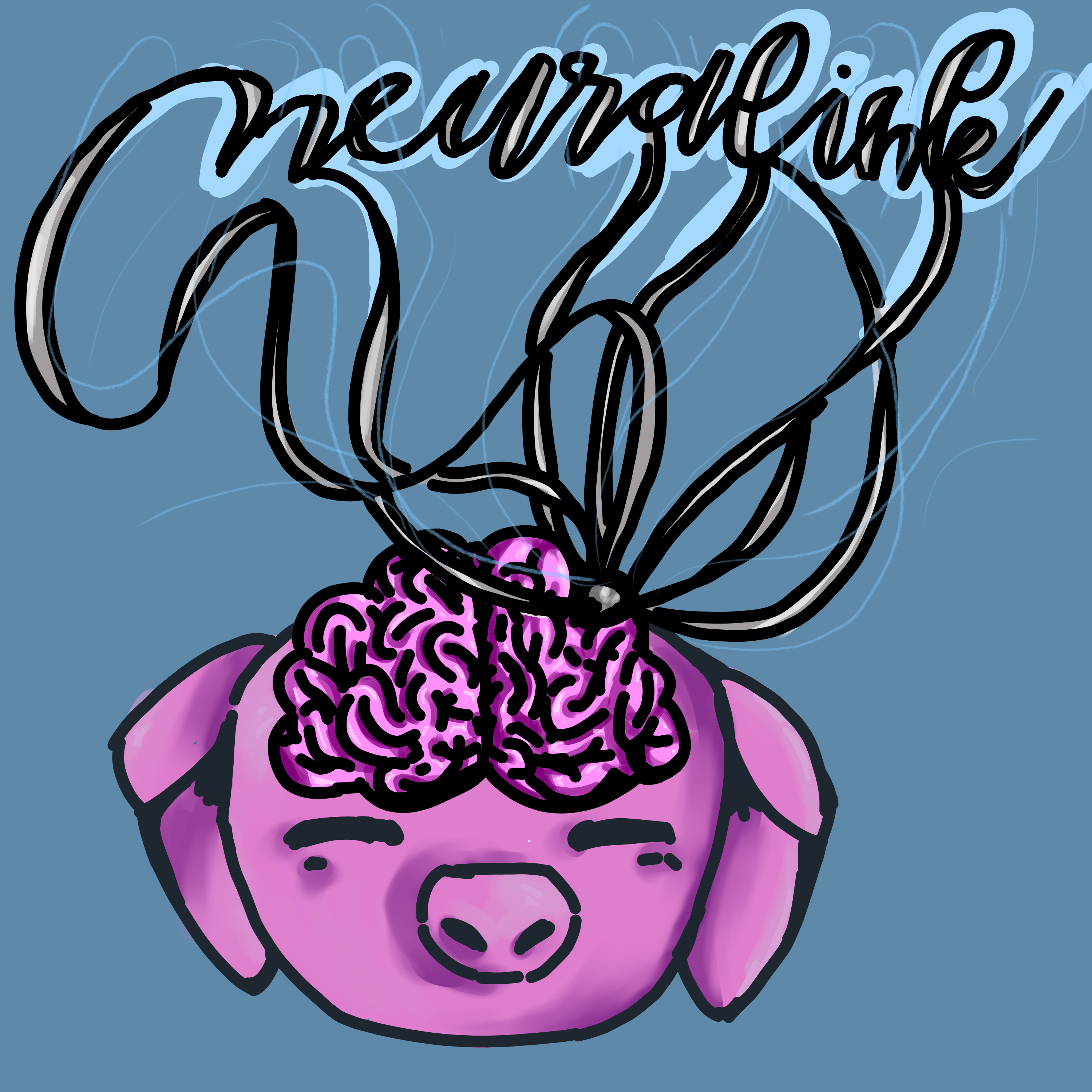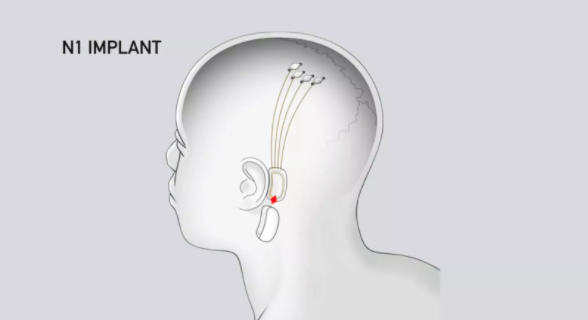

Arpitha Vinod [email protected]
Amanda Wang [email protected]
They say money can’t solve your problems, but Elon Musk, the fifth richest person in the world, says he will be able to solve memory loss, depression, Parkinson’s disease, irrational fear, dementia, spinal cord injuries, and brain damage all with one tiny brain chip. Sound overly ambitious? Well, Musk’s company Neuralink is in its early stages of creating an implantable brain-machine interface--and early trial runs in pigs were successful.
Neuralink , founded by the man in charge of Tesla and SpaceX, is a neurotechnology company developing innovative technology that communicates with the brain. A brain-computer interface (BCI) is a direct communication pathway between an outside device and a wired brain. They are used to detect different features of brain signals which show a user’s intentions of a certain action, and to translate that information into a device that commands actions that would accomplish the user’s intention. Or as Musk said so himself, “It’s like a Fit Bit inside your skull with tiny wires.”

Musk stressed this repeatedly on August 28th as he demonstrated how the Neuralink brain implant worked using a pig. Gertrude the pig was the big celebrity for Musk’s debut of his newest brain chip called Moonshot. When Gertrude happily sniffed and ate the straw surrounding her pen, a graph popped up tracking her real-time neural activity. The processor in the brain chip of her brain sent wireless signals, showing neural activity happening in her snout when she is looking for food.
However, this is not an entirely new innovation. Many companies have believed and tested out this idea that brain implants can restore lost capabilities. In the late 1990s, researchers started putting probes in paralyzed patients’ brains, allowing them to move prosthetic body parts with their minds. Furthermore, the FDA has approved deep-brain stimulation devices with the purpose of controlling tremors in people with Parkinson’s disease. While Moonshot is not the first of its kind, Musk did say that the pig demonstration’s main purpose was to gain excitement for this product and potentially recruit new scientists to the Neuralink team.
Elon Musk has a lot of ambitions with Neuralink, many of which seem improbable to reach in such a short time and a single chip. Musk hopes to usher in a new age of “superhuman cognition” in order to fight back the future overpower of artificial intelligence devices. He also hopes that these implantable devices can solve mental illnesses and spinal cord injuries. However, Musk’s far out ideals are not always met; the SpaceX CEO said space travel around the moon would be available by 2018, yet we are still stuck on Earth. While Neuralink still has a long way to go, it is fascinating to see the development of neurological technologies. Until then, Musk’s brain chips are unfortunately reserved only for Gertrude and her fellow test subjects.
